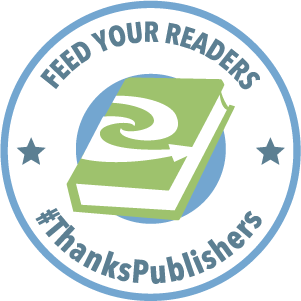New York Times bestseller David Arnold returns with a poignant love story about two teens whose souls come together time and again through the ages—for fans of Nina LaCour and Matt Haig.
Evan Taft has plans. Take a gap year in Alaska, make sure his little brother and single mother are taken care of, and continue therapy to process his father’s departure. But after his mom’s unexpected diagnosis, as Evan’s plans begin to fade, he hears something: a song no one else can hear, the voice of a mysterious singer . . .
Shosh Bell has dreams. A high school theater legend, she’s headed to performing arts college in LA, a star on the rise. But when a drunk driver takes her sister’s life, that star fades to black. All that remains is a void—and a soft voice singing in her ear . . .
Over it all, transcending time and space, a celestial bird brings strangers together: from an escaped murderer in 19th century Paris, to a Norwegian kosmonaut in low-earth orbit, something is happening that began long ago, and will long outlast Evan and Shosh. With lyrical prose and original songs (written and recorded by the author), I LOVED YOU IN ANOTHER LIFE explores the history of love, and how some souls are meant for each other—yesterday, today, forever.
Thanks to Bookish First, Penguin Teen, and the author for this advance review copy!
I LOVED YOU IN ANOTHER LIFE is a beautiful and heartbreaking novel that explores the concept of soulmates and reincarnation. The story follows Evan and Shosh, two teenagers who are struggling to cope with loss and grief. Evan’s mother is dying of cancer, and Shosh’s sister was killed in a car accident. As they try to find their way through their pain, they begin to hear a mysterious song that only they can hear. The song leads them to each other, and they soon discover that they have met and loved each other in different lives, from an escaped murderer and a nun in 19th century Paris, to a Norwegian astronaut and a radio host in the near future. As they try to cope with their own tragedies and traumas, they also must face the cosmic forces that keep bringing them together and tearing them apart.
The author encourages the reader to consider whether or not love can transcend time and space. His writing is lyrical and beautiful, and he creates a rich and immersive world for his characters to inhabit. The book is full of memorable moments, from the first time Evan and Shosh meet to the final, heartbreaking scene.
Arnold is a master of magical prose and original songs, which he wrote and recorded for this book. The songs add an extra layer of emotion and depth to the story, as they reflect the characters’ feelings and personalities. As the days go by for Shosh and Evan, they do their best to recall the words and write them down, slowly building an extra layer to their story.
Some of the things I loved about the book are:
- The writing is poignant and beautiful. I intend to read it again and highlight the special sentences or passages that pierced my heart.
- Arnold creates a rich and immersive world for his characters to inhabit. His descriptions of simple things like weather, or someone’s hair style are ethereal and consistently accurate. His characters are complex and well-developed; he is spot-on with the language of teen text messaging. I loved his usage of capital letters and inside jokes contained in Evan’s and Shosh’s texts to each other, and their friends. I really connected with these teens, and I was invested in what would happen to them.
- It’s a story about loss and grief, but it’s also a story about hope and love. The book explores the idea of reincarnation in a way that is both believable and thought-provoking.
- This book will make you wonder if you have ever loved someone in another life, or if you will ever meet them again. It was easy for me to imagine myself loving a special person again and again as we traveled through time.
However, the book can be quite emotionally draining at times. The author does a wonderful job of capturing the emotions of his characters in picturesque language that pierced me to my core. At times, I needed to put the book down to process what the characters were feeling, and how it made me grieve. The ending is bittersweet, and I had to tell myself that this is indeed a story about hope, love, and reincarnation. The author doesn’t shy away from the pain and loss that can be a part of love, but he also shows us the beauty and hope that it can bring. He also explores the implications of reincarnation on our relationships with each other and with the world around us.
Overall, I LOVED YOU IN ANOTHER LIFE is a beautiful and moving story about love, loss, and the power of the human spirit. It is a book that will stay with you long after you finish reading it. I would recommend it to fans of YA romance, fantasy, and historical fiction.
Want your own copy? You can pick it up here.














Recent Comments